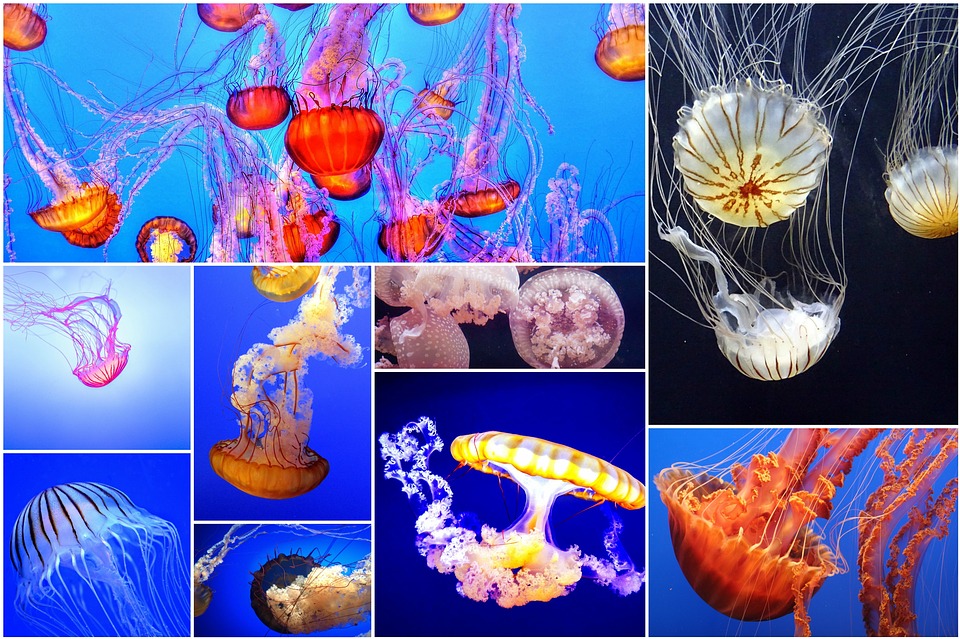When pondering the question, How long can jellyfish live for 1000 years? , it’s easy to become captivated by the mysteries surrounding these ancient creatures. While the idea of jellyfish living for a millennium might sound like a fantastical claim, there’s an intriguing truth beneath it. Jellyfish have developed fascinating adaptations that challenge our conventional understanding of lifespan and aging. Let’s dive into the science behind jellyfish longevity and explore the realities behind their remarkable life cycles.

The Life Cycle of Jellyfish
To grasp how jellyfish might achieve extended lifespans, we need to explore their unique life cycle. Jellyfish go through several distinct stages:
- Egg: The journey begins when adult jellyfish release eggs and sperm into the water, leading to fertilization and the formation of a planula.
- Planula: This larval stage is free-swimming, eventually settling onto a suitable surface, such as a rock or seaweed.
- Polyp: After settling, the planula transforms into a polyp, a stationary stage resembling a small anemone. Polyps can reproduce asexually by budding, creating new jellyfish.
- Medusa: The final stage is the medusa, which is the adult form that we typically associate with jellyfish. This stage features a bell-shaped body and long, trailing tentacles.
The Immortal Jellyfish: Nature’s Marvel
When discussing jellyfish longevity, Turritopsis dohrnii, commonly known as the “immortal jellyfish,” often takes center stage. This fascinating species has the ability to revert to its earlier polyp stage in response to stress, injury, or aging. This remarkable transformation is known as transdifferentiation, allowing the jellyfish to essentially reset its life cycle.
While Turritopsis dohrnii doesn’t literally live for 1,000 years, its ability to escape the typical aging process raises profound questions about biological aging and mortality. By reverting to the polyp stage, these jellyfish can evade death, theoretically leading to a potentially indefinite lifespan.
Factors Affecting Lifespan
While the immortal jellyfish presents a captivating example of longevity, the lifespan of jellyfish varies significantly among species and is influenced by several factors:
- Species Variation: Not all jellyfish are created equal. Some species live only a few months, while others can last several years. For example, the moon jellyfish (Aurelia aurita) generally lives for about one year, whereas the lion’s mane jellyfish (Cyanea capillata) can survive for several years under optimal conditions.
- Environmental Conditions: Factors such as water temperature, salinity, and food availability play crucial roles in determining jellyfish lifespans. Favorable conditions can promote growth and longevity, while harsh environments can significantly shorten their lives.
- Predation and Disease: Like all marine organisms, jellyfish face threats from predators, such as larger fish and sea turtles. They are also susceptible to diseases that can impact their populations. In the wild, these factors can greatly influence how long a jellyfish lives.
- Human Impact: Human activities, such as pollution, overfishing, and climate change, have altered marine ecosystems. These changes can either increase or decrease jellyfish lifespans depending on the circumstances. For instance, overfishing can reduce competition and predation, potentially allowing jellyfish populations to flourish.
Fascinating Adaptations
Jellyfish have evolved a range of fascinating adaptations that enhance their survival. Their gelatinous bodies enable them to float and drift with ocean currents, conserving energy while effectively finding food. Additionally, their specialized stinging cells, known as cnidocytes, help capture prey and defend against threats, making them formidable predators in their own right.
The Mystery of Longevity
Despite the incredible potential for jellyfish to live for extended periods, much remains unknown about the mechanisms behind their longevity. Research into the genetic and cellular processes that allow species like Turritopsis dohrnii to reverse their life cycles is ongoing. Scientists are keen to understand the implications of these findings, as they could have broader applications in the fields of aging and regenerative medicine.
By uncovering the secrets of jellyfish regeneration, researchers hope to gain insights that could inform studies on human aging and cellular repair. If scientists can understand how these creatures manage to evade death, it might pave the way for new approaches in medicine, potentially leading to breakthroughs in how we address age-related conditions.
Cultural and Environmental Significance
Jellyfish hold an essential place in marine ecosystems, serving as both predators and prey. Their blooms can indicate changes in ocean health, providing vital information about the impacts of climate change and human activity on marine environments. Moreover, jellyfish have captured human imagination across cultures, appearing in art, literature, and popular culture. Their ethereal beauty and mysterious nature continue to inspire awe and curiosity.
Conclusion:
So, How Long Can Jellyfish Live for 1000 Years? While the notion of such extreme longevity may be exaggerated, the fascinating biology of jellyfish reveals remarkable truths about survival and adaptation. Species like Turritopsis dohrnii demonstrate extraordinary abilities to evade death, opening our minds to new possibilities in the realm of life spans. As we continue to study these ancient creatures, we may uncover valuable insights about aging and resilience that could resonate beyond the ocean depths. The next time you encounter a jellyfish, remember that within its delicate form lies a world of incredible life experiences and survival strategies.







